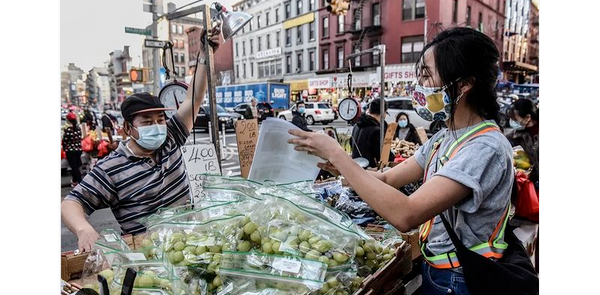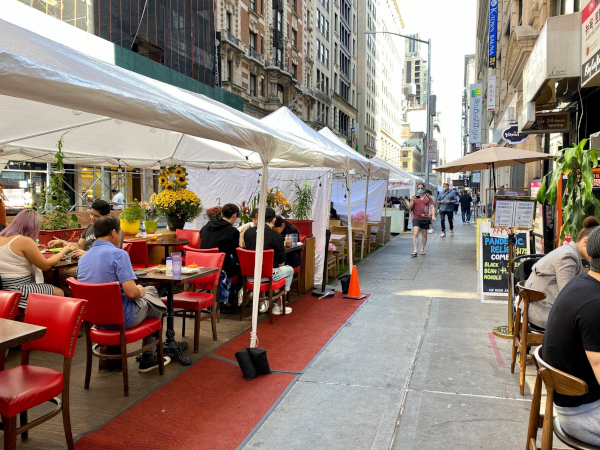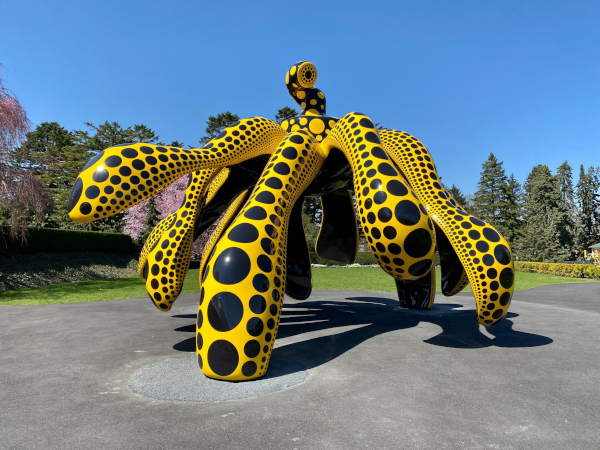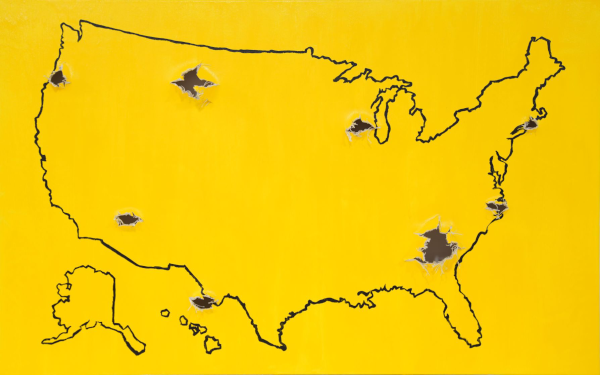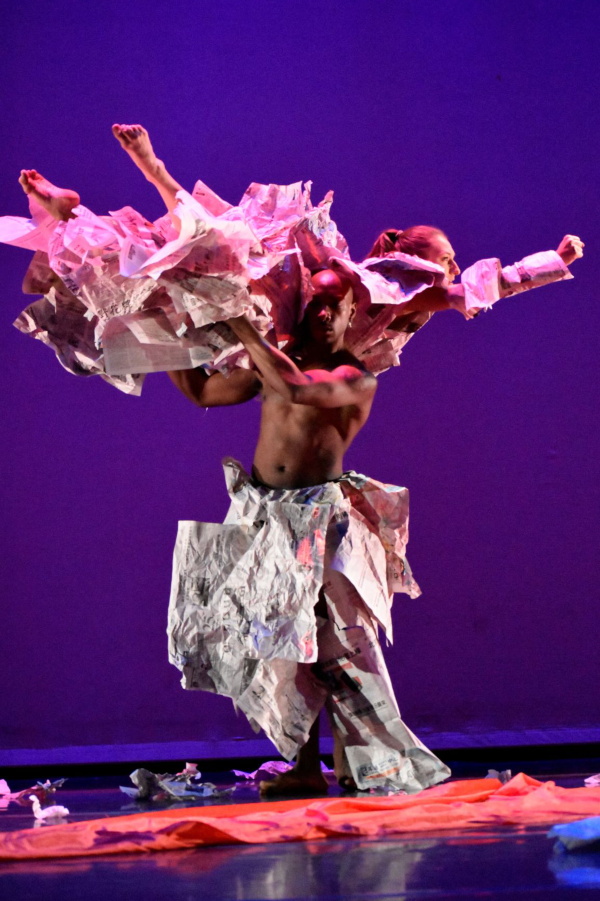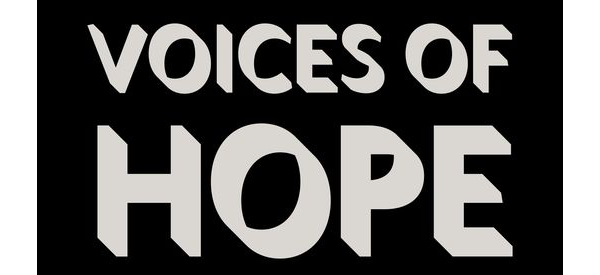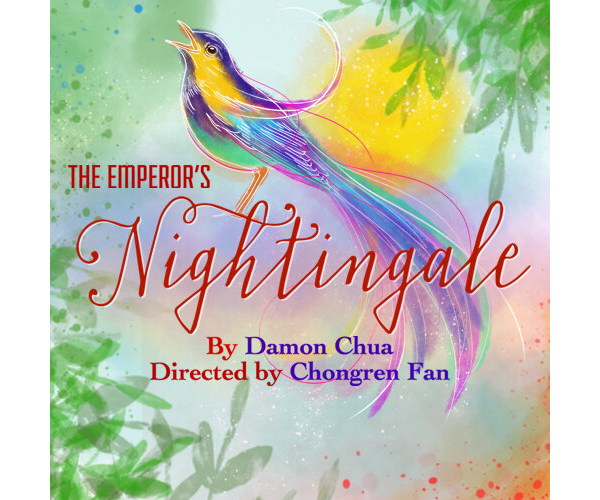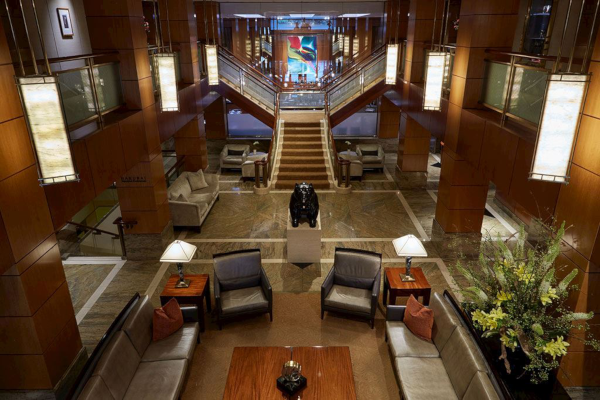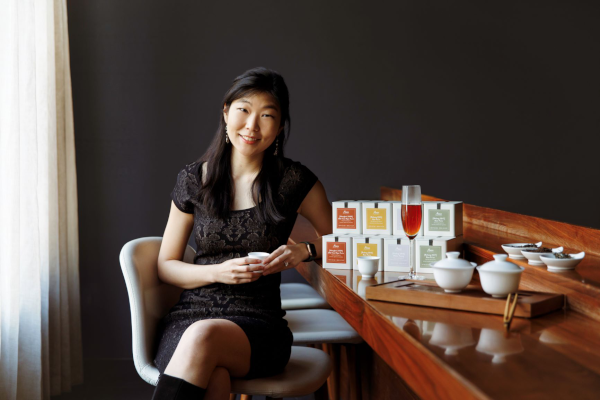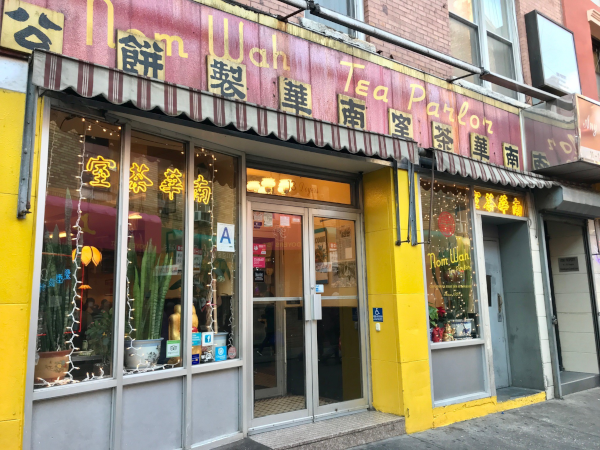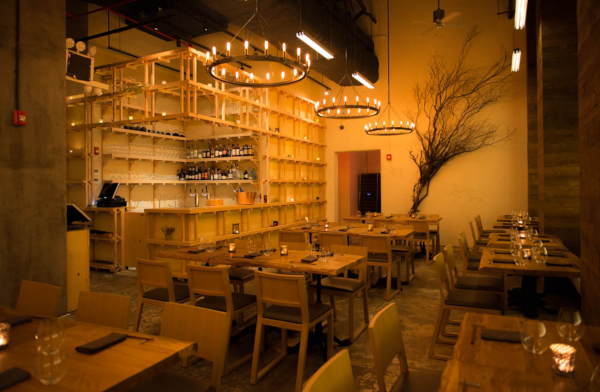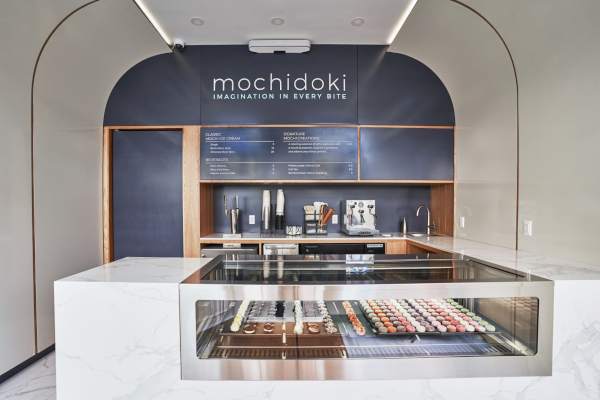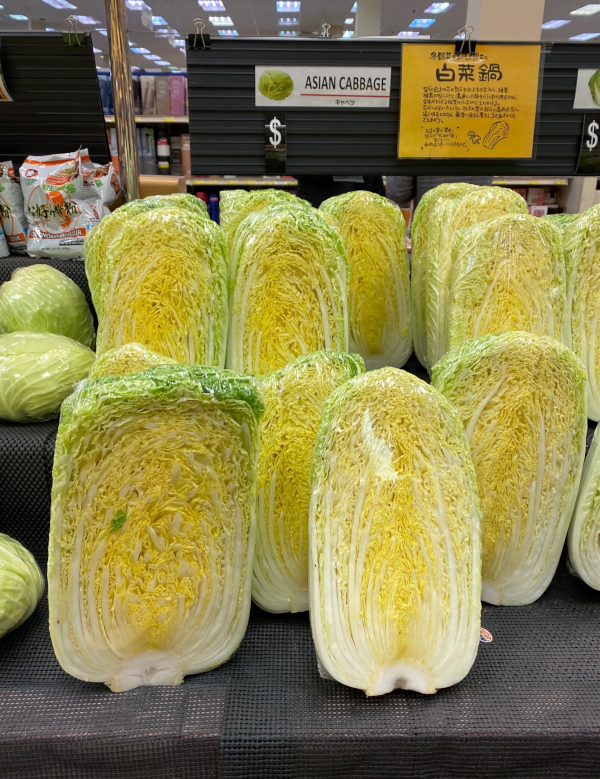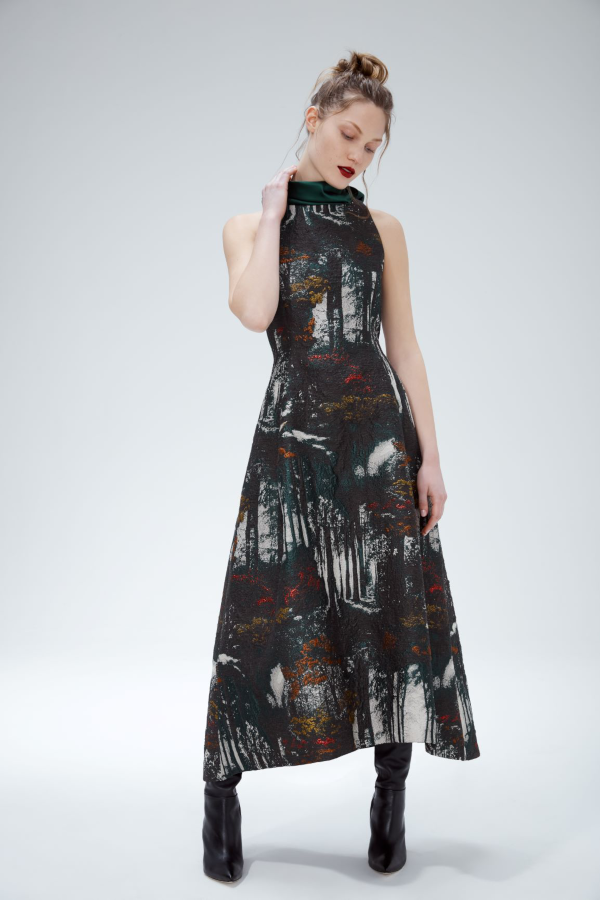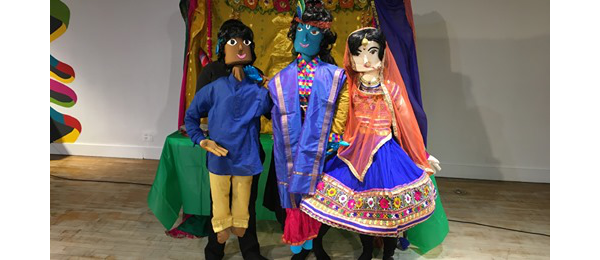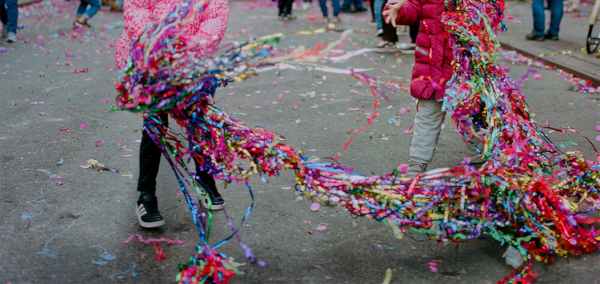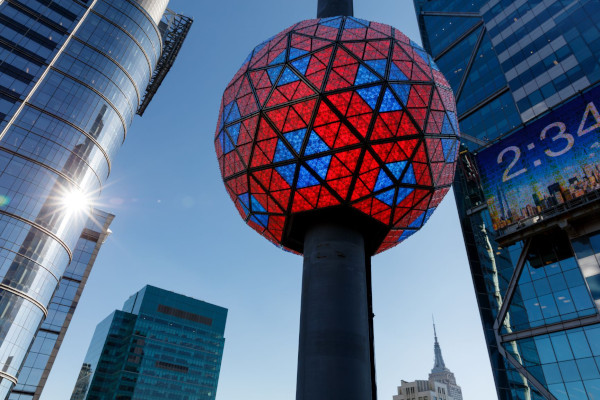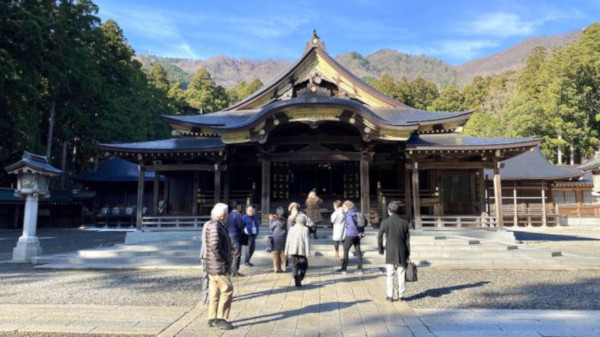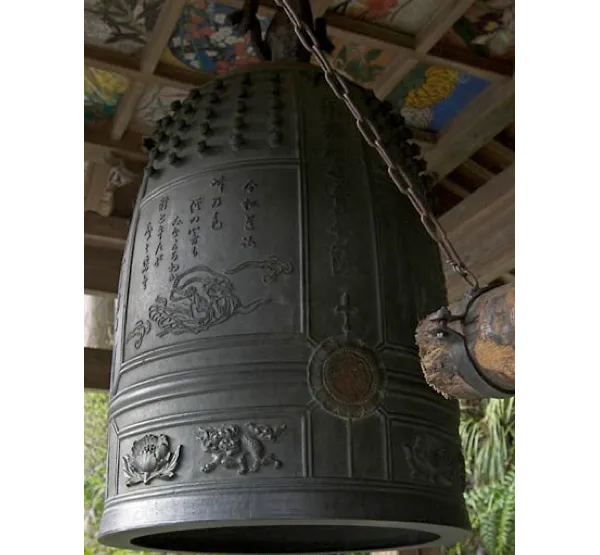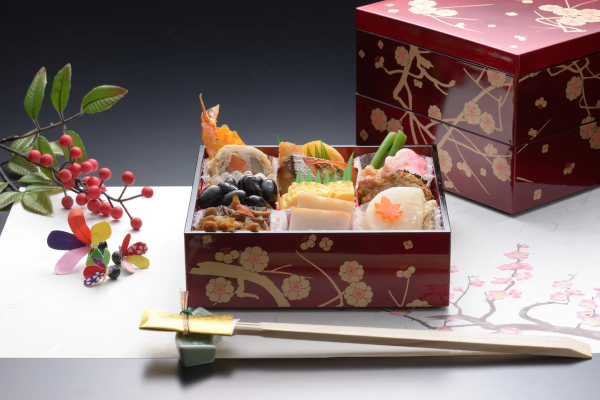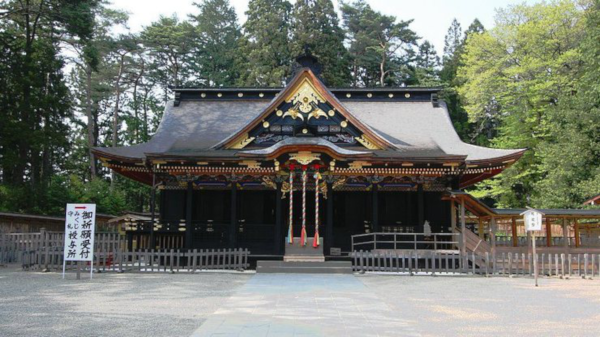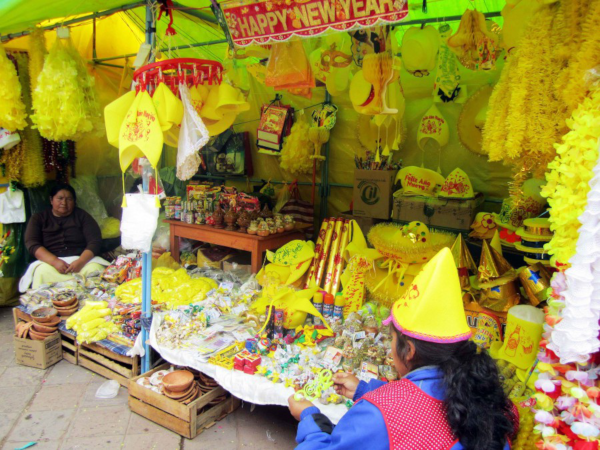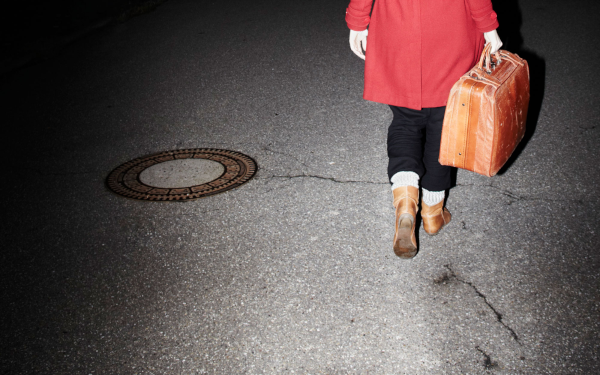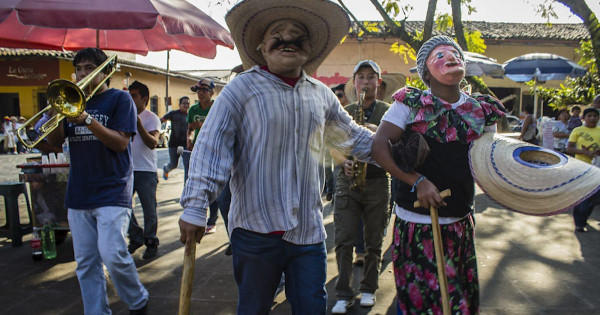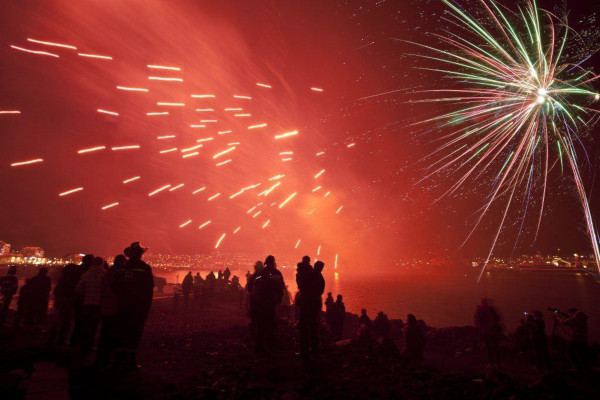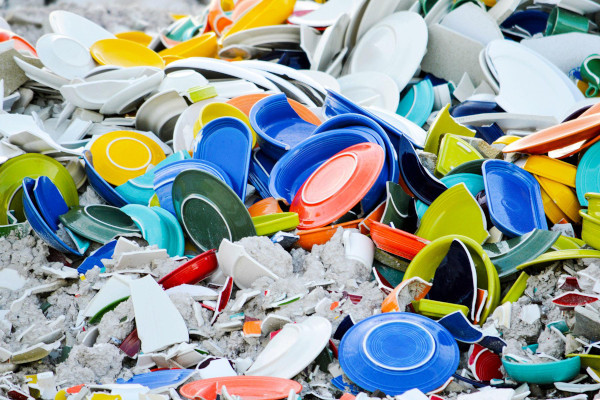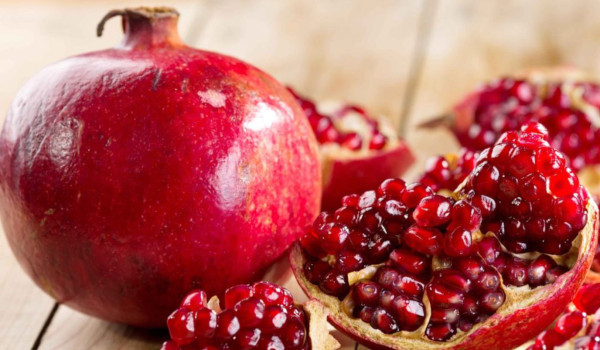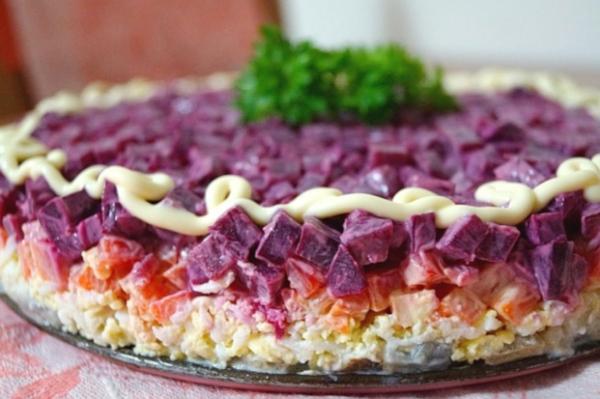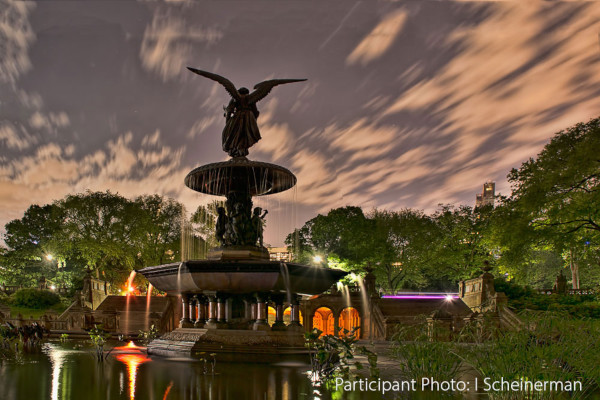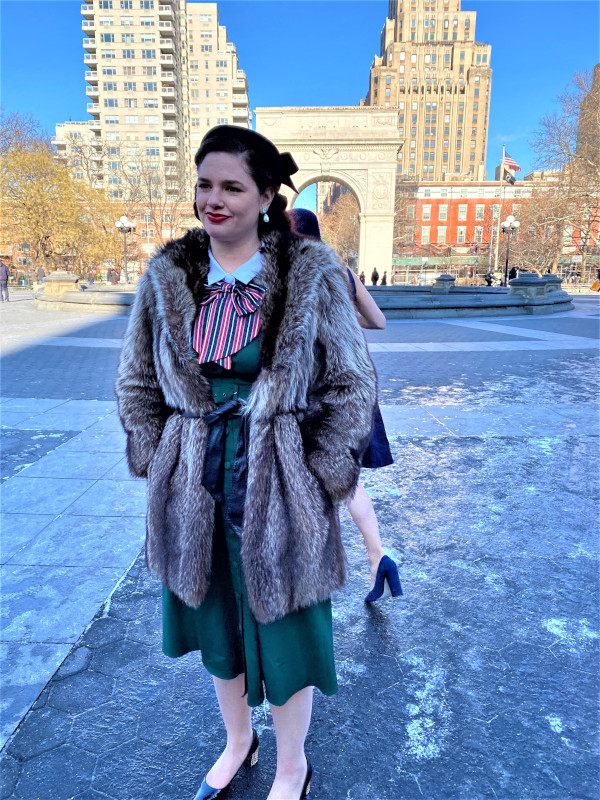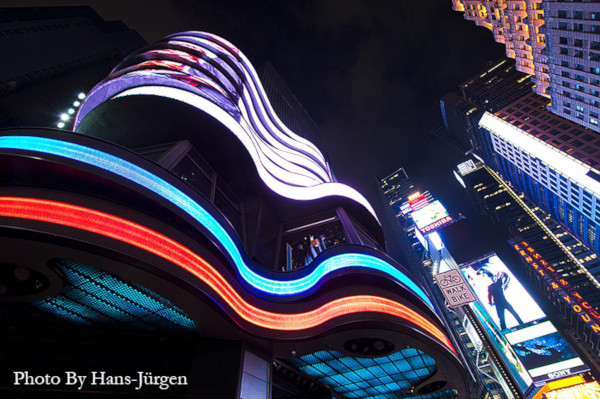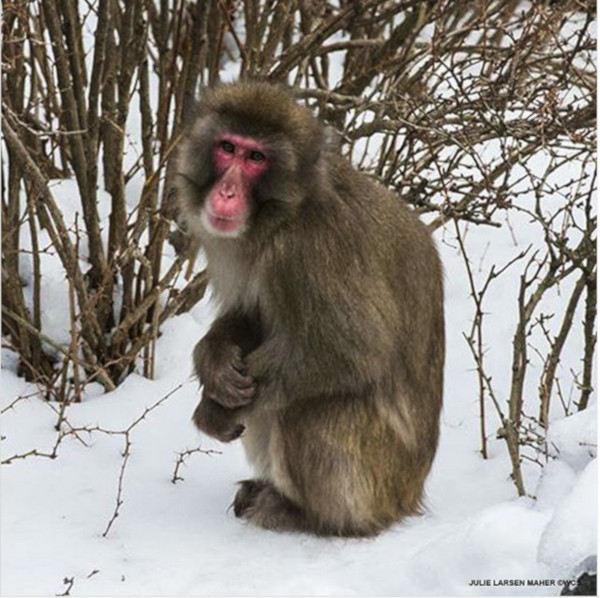Struggles from the pandemic and overt demonstrations of hatred and anti-Asian sentiment have taken a toll on the AAPI community. You can start by showing your support for the AAPI community in New York City by frequenting the Asian communities in New York City and helping their businesses stay alive: Chinatown in Manhattan, Chinatown in Sunset Park in Brooklyn, Chinatown in Flushing in Queens and Koreatown in Manhattan, for example. That’s a very good start — there is a high concentration of AAPI businesses with a myriad of restaurants, shops and more, all ready to give you an immersive Asian experience with authenticity.
Outside of these areas, there are many options in other parts of the city where you can also partake of the AAPI experience. Show your support of NYC’s rich “melting pot” by patronizing local businesses and cultural events and volunteering to help those in need.
Let’s recognize the history, culture and achievements of this community and make a statement that shows our unity.
Japanese artist Yayoi Kusama’s “Cosmic Nature” exhibit at the New York Botanical Garden is a foray into color and form, with a mix of inventive polka-dotted organic forms, photographs, drawings, wrapped trees and garden arrangements. The installations and artwork reflect the artist’s time in New York City and Japan and her fascination with the natural world. The exhibit will evolve with new openings and seasonal changes through the spring, summer and fall. Tickets are available through October 31 for timed entry.
Chinese artist Linjie Deng adds to his showings at Carlton Fine Arts in Manhattan with “Asian Art SPA,” conceptual artwork inspired by the shootings in Atlanta and an unprovoked attack he suffered at a NYC subway station. All proceeds from sales of the artwork go to Think! Chinatown, a community-based organization that supports and amplifies the voices of Asians in New York City. The exhibit runs through May 24.
Blending Chinese traditional and American modern dance, Nai-Ni Chen Dance Company was founded by Taiwanese choreographer Nai-Ni. Tickets are currently available for performances online through the South Orange Performing Arts Center (SOPAC).
Through the end of April, Carnegie Hall’s multi-culture online festival “Voices of Hope” includes partnerships with China Institute and Japan Society.
Currently performing “The Emperor’s Nightingale,” a virtual family-oriented production set in 18th-century China, the 44-year-old Pan Asian Repertory Theatre is a member of the National Asian Artists Project which promotes access for Asian American artists.
The only Japanese-owned boutique hotel in NYC, Hotel Kitano is a beautiful if understated example of Asian style.
Mansa Tea, offering brews from both China and South Korea, has increased awareness of tea culture at many of the city’s fine dining establishments including Per Se and the Baccarat Hotel and now through virtual tea workshops.
Support the restaurants and food providers that contribute so much to the fabric of NYC’s culinary landscape. From Chinatown to Uptown, small to large, casual to fine dining, every meal that you buy is a sign of support. Make your Sunday night Chinese dinner a Tuesday, Wednesday and Thursday event as well, dining outdoors or indoors at 100-year-old Nom Wah Tea Parlor, or order takeout from Michelin-starred Jungsik (modern Korean) and Mifune (Japanese), both now offering striking meal sets for home dining.
New York-based Mansa Tea has increased awareness of Asian tea culture at many of the city’s fine dining establishments including Per Se and the Baccarat Hotel. With restaurant closings, Ashley Lim, the company’s founder and tea sommelier, is now scheduling virtual tea workshops.
After years of having their ice cream creations displayed on dessert menus at Tao, Nobu and other top NYC restaurants, Mochidoki opened its first brick-and-mortar store. Committed to success despite their launch at the start of the pandemic, the Japanese-inspired SoHo shop has just had its first birthday, offering birthday cake mochi to celebrate. Also in SoHo with a second location in Chelsea, Japanese-owned Harbs closed its UES bakery/cafe but continues to mesmerize downtown with original cakes that qualify as works of art.
You can support the AAPI community and at-risk workers by patronizing their various businesses that add to the cultural fabric of the city.
Two notable markets in Brooklyn and New Jersey will improve your awareness of the Asian community. Sunrise Mart sells all things Asian from skincare to fruit and seafood at Japan Village in Industry City, Brooklyn, and in various locations in Manhattan. The enormous Mitsuwa Marketplace market in Edgewater, NJ is a mix of Japanese grocery store, food court and pharmacy.
Uniqlo, the go-to for reasonably priced outerwear, has its roots in Japan and a flagship store on Fifth Avenue. If you’d prefer something more bespoke, Emmelle Boutique on Madison Avenue has been a standout among women’s shops since 1982. Founded by Korean-American fashion designer Mi Jong Lee, the store features the Emmelle and Mi Jong Lee collections as well as select lines from both established and emerging designers. Designing out of a tiny studio in New York, Japanese-American Trisha Okubo creates the popular selection of earrings known as the Ear Bar for Maison Miru. Beautiful eveningwear from fashion designer Tadashi Shoji from Sendai, Japan is available at Bloomingdale’s and Saks Fifth Avenue.
Even more important today, AAPI organizations offer online learning that fosters cooperation and understanding among countries.
Robust scheduling from Asia Society includes discussions, performances and family programming with a multi-cultural emphasis. Japan Society offers year-round events dedicated to Japanese art, theater, film, language and culture. Virtual classes in Mandarin and Chinese culture are now being offered at China Institute.
In additional to national organizations like Stop AAPI Hate, there are numerous NYC-centric ones with a mission of supporting AAPI-owned businesses and protecting Asian Americans.
Sign up for the newsletter from Welcome to Chinatown for news and a resource guide to help preserve NYC’s Chinatowns. Think! Chinatown welcomes all volunteers to assist with projects helping the Asian community. Show your conviction at Protect Chinatown where you can volunteer to help those suffering from both the pandemic and hatred against the community. Through Heart of Dinner, you can deliver care packages or meals to Asian elders in need, while also supporting local food providers.


